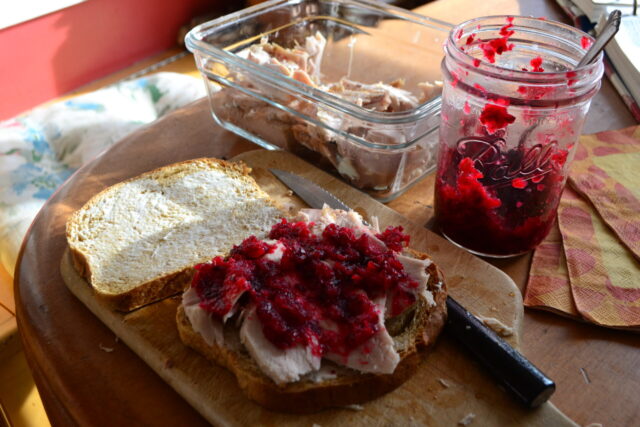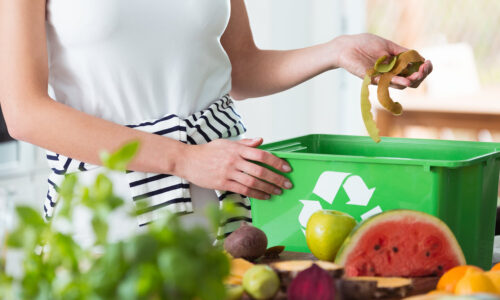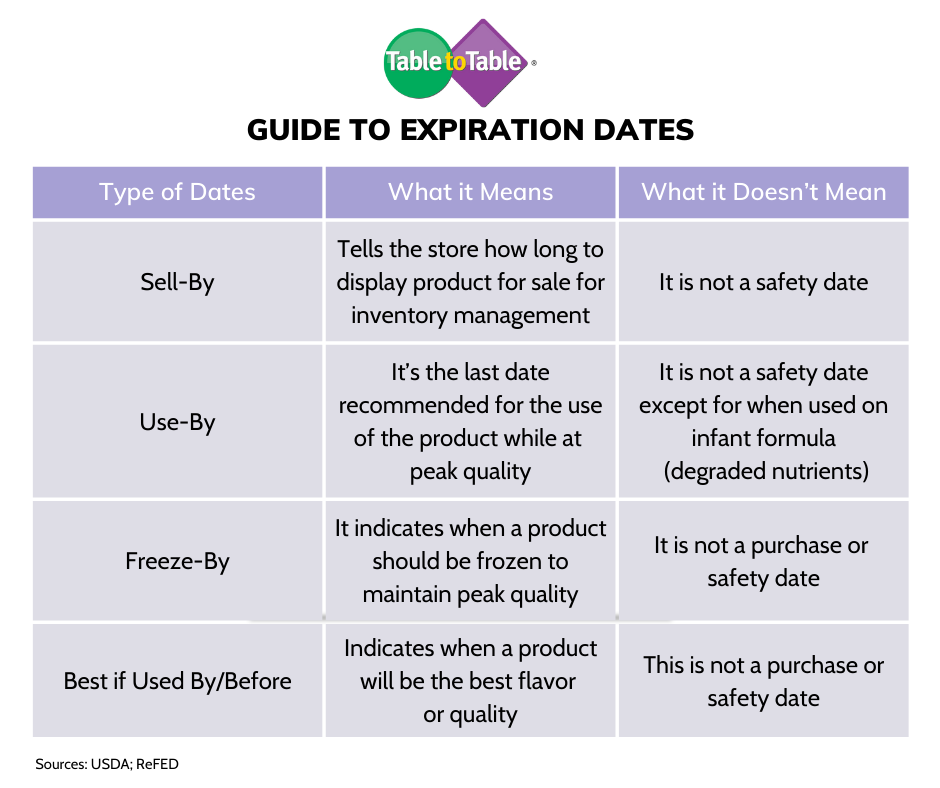An estimated 126 million pounds of food, worth about $400 million, will go uneaten this during the Fourth of July weekend. That is about 20 percent of the food meant to be eaten this Independence Day, according to ReFED, a national nonprofit working to end food waste by leveraging data and connecting individuals to help foster large-scale change within the food ecosystem. ReFED calculated the amount based on a survey conducted by the American Farm Bureau Federation.
The most popular, and costly, type of wasted food is beef. More than half of the methane emissions from wasted food on Independence Day come from beef, according to ReFED. These emissions are equal to the emissions generated by powering 50,000 American homes for a year. Other high-waste foods include ice cream, pork, and potato chips.
The waste associated with the Independence Day holiday does not just occur when consumers fail to eat it. It can be measured throughout the food ecosystem lifecycle. The wasted used to produce this food can supply about 14 days of residential waster use throughout the state of California, according to ReFED.
Fourth of July Food Waste Reduction Tips
- Buy only what you need: Plan out your meal ahead of time. That way, you only buy what you know people want. You also avoid impulse buying. You reduce food waste and save money!
- Storage is key: Explore the best way to store different types of produce to keep them fresh for as long as possible – learn what goes on the counter, what belongs in bags, what should or shouldn’t be pre-washed. And don’t forget about your freezer. Many foods can be frozen for later use, like rolls and hamburger and hot dog meat.
- Love your leftovers: Make sure you eat your leftovers. Instead of letting them droop in the back of the fridge, try folding them into new meals. Got some roasted veggies from last night’s dinner? Throw them into an omelet for breakfast or a salad for lunch. Leftover chicken? Shred it up and make tacos or toss it into a stir-fry.
Table to Table is New Jersey’s first and largest food rescue nonprofit, bridging the gap between food being wasted and people facing food insecurity. We work with food businesses of all types to rescued fresh, nutritious surplus food, and deliver it for free to 300+ social service organizations, pantries, shelters, community produce markets and centralized distribution hubs. Through our community partnerships, Table to Table reaches families, children, veterans, older adults, and others in need, improving food security, nutritional access, and better health. Since 1999 we have rescued more than 120,700 tons of nutritious food—enough for 241,400,846 million meals—and delivered it to our neighbors in need, while also saving over 544 metric tons of methane from impacting climate change by preventing food waste.











